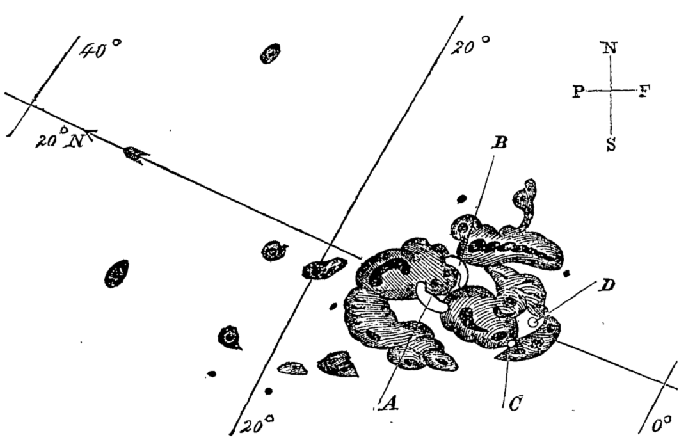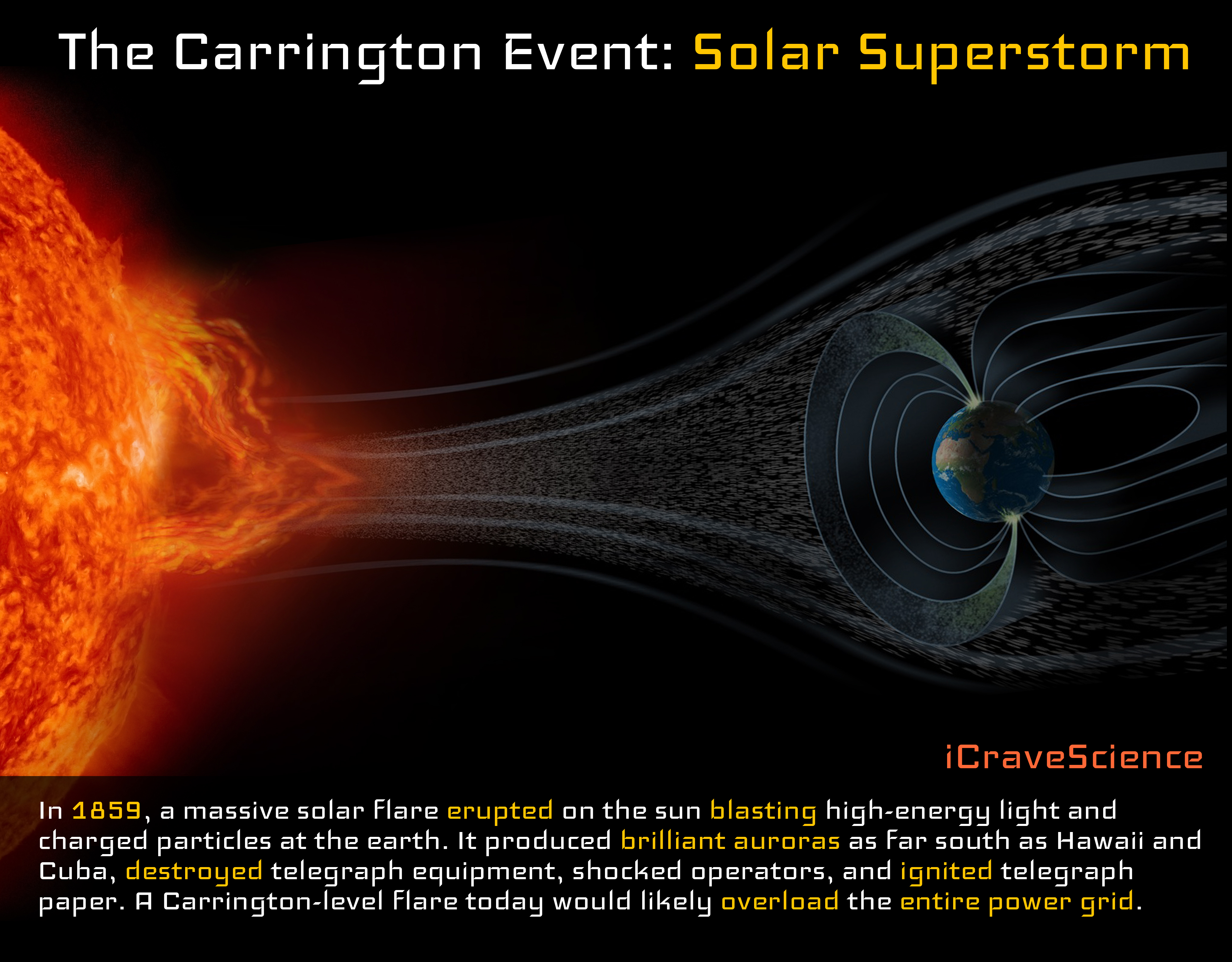From: Tom Steyer on behalf of 350.org.
To: Undisclosed Recipients.
Subject: A Second Chance to do Things Right.
Dear *|FNAME|*,
California has been given an incredible second chance. Recorded levels of atmospheric Carbon Dioxide have dropped to 287 ppm. However, as history has shown us, this is going to start rising if we don't do anything about it.
Which is why we are calling on Governor Newsom and the California Labor Party to ban construction of new fossil fuel power plants, and a requirement for all new housing construction to be capable of electrical self-sufficiency.
We have a chance here to prevent the world's dependence on Coal, Oil, and other fossil fuels before it ever starts. California can become a model for the world, and we should see this as a chance to do things right the first time.
That's also why we're calling on Californians to support Recommissioning San Onofre. Nuclear electricity emits no greenhouse gasses and can be supplied with fuel available here in California.
Click Here to send a message to your Assembly Representative and State Senator
Thank you,
Tom Steyer.
———
181 Fremont Street, San Francisco – March 29th
Jessie Benton Frémont walked her daughter Lily into their high rise condo, carrying a roasted chicken in one of her grocery bags, and a bottle of wine for herself in the other. With only just the two of them, and John in Sacramento, they had a good number of leftover allotments on her ration card. So Jessie was splurging a little bit.
"Welcome to the Hotel California." Sang Lily. "Such a lovely place."
"Such as lovely place" Sang Jessie, as the two of them put away the groceries.
That song had been on Jessie's mind lately, the once-untamed frontier had become what had seemed like a paradise on earth at first. The California of 2018 was a place where a lot of people couldn't afford to live because of high rents and something akin to the problem of land speculators that she was all too familiar with back home. Even the condo that her, John and Lily shared was a stroke of luck, with the exchange rate for the cash that she had brought with her from Washington, the money from the settlement over the Mariposa land, and Mrs. Feinstein helping the young family afford this place.
But her and John had important roles in the state now, she was helping the "up-time" federal government deal with the rest of the world and giving advice to California's two new senators, Mrs. Harris and Mr. Jones, as only somebody who grew up in Old Hickory's White House could.
"Lizzie would love this place." Jessie mused.
Jessie had always been loud and outspoken as a child, and she had practically been joined at the hip to her best friend Elizabeth Blair.
Now that instinct, which had been chafing at the edges in Washington, was perfectly welcome in the new California. It had taken quite a bit of getting used to, but like the song that had been on her mind had said, 'you can check out any time you like, but you can never leave.' And truthfully, after experiencing the wonders that this place had to offer, she didn't think she could ever leave.
Placing the roasted chicken on the small dining table, Lily grabbed the plates and silverware out of the cupboards, and the two of them helped themselves to some chicken.
"Shall we see how your father is doing?" Jessie asked.
Lily nodded.
Pulling a tablet off of the charging stand, Jessie unlocked it and called John. After a couple of rings, his face popped up onto the screen.
"Hello Jessie, Hi Lily." He said on the screen.
"Hi dad!" Said Lily Frémont.
"Hey John," Said Jessie. "How are things going in Sacramento?"
John winced. "You remember hearing about Glanton and his gang? They think they've caught some of them, and a lot of them are after blood."
Jessie tensed, the California of 2018 was different in so many ways, but one of the most stark differences for John and herself to come to terms with was how people viewed the Indians. In Washington, they were seen as an obstacle to expansion, and a problem to be erased, and truth be told her father was one of the worst about it. But in California they tried to see the Indians as equal parters and as a community of separate nations the same way one might see Bavaria or France as a separate country. It had required John and herself to do some soul-searching about how they saw Indians, especially since the arc of history had taken a very dim view on how California treated Indians, with words like 'Genocide' being thrown around.
"Well." She said. "I hope they're prepared to face justice."
———
United Farm Workers — Keene, CA
If you asked the members of the UFW, CalEFDA was a godsend. The Agency had been made with a mandate to buy whatever the valley had produced. UFW had worked with the Democrat, scratch that, the Labor Party, and even the Agricultural Council of California to hammer out the wording.
Ultimately though, with the overnight disappearance of export markets, only the most hardcore of Randian fundamentalists had spoken up against CalEFDA, when pressed with the choice between socialism or barbarism, it was the Ayn Rand worshippers in Orange County who were willing to push the state down the road to Barbarism. The excess fruits and vegetables were being stored in a refrigerated storage facility in Lodi that had used to be part of a General Mills plant.
For now, the excesses are being cycled out and disposed of if there's spoilage, but the eventual plan is for the state to start shipping out the excess to the rest of the country. As soon as the cross-country rail links were built, all the refrigerated shipping containers that had piled up in the state would be able to send fresh fruits and vegetables across the country and around the world. People knew from history that this was an untapped market with a rapidly shrinking window of opportunity.
Meat, on the other hand was something where the demand was still outpacing supply in most cases. Fish from the ocean wasn't a problem, those fish stocks had been replenished by The Event, but beef and chicken were still short and so CalEFDA had been doing some clever distribution management to cut spoilage as much as possible and even out the demand for meat so that people wouldn't feel the pinch as badly.
———
Interstate 8 Bridge, Quechan Territory, Winterhaven, CA – 9:03 AM, March 30th, 1851
J.C. Morehead was a tired man. His company of men were returning to Los Angeles over this strange bridge that had appeared over the Colorado River. They had expected to be treated like triumphant war heroes for avenging the righteous hero and Indian scalper John Glanton, that was what Governor Burnett asked him to do after all.
The expedition had started off badly, with the bloodsucking merchants in the cattle town of Los Angeles charging him an arm and a leg for everything, running the costs of supplies into the thousands of dollars. Half of his men had deserted him to go mine for gold in the Sierras, and had to recruit men off of the wagon trains coming along the southern stagecoach trails, all of whom wanted huge paydays because they had come to California for gold.
Of course, once the expedition of 125 men had crossed the Colorado, site of the ferry incident that had started the whole thing, the Indians just kept fleeing further and further up the river. Across his entire company of men, Morehead reckoned that they had maybe killed a dozen or so Indians.
Every time they moved along the Gila, the Indians would just move further and further up the river, denying his men the pleasure of killing them, forcing them to simply burn their food supplies. Eventually though, Morehead and his men had just given up, made camp along the river, and used up most of their supplies before launching a half-cocked filibustering expedition into Mexico.
It… didn't go so well. Of the 125 who went into Sonora to filibuster it, only 75 had made it back, with many of them dying of thirst in the Sonoran Desert or in the
So now, Morehead and his band were tired, hungry, and itching for their big paydays promised by Governor Burnett. As the group crossed over the odd bridge, they couldn't help but notice the line of black and white stagecoaches with the words "Border Patrol" written on the sides arrayed along the bridge to block them.
Probably just trying to collect a toll for the bridge, or maybe to keep the Yuma out. Thought the local guide, Dave Brown. He was hoping it wasn't a lawman from San Diego, who might have been wondering why somebody who had escaped from prison in San Diego had gotten a job as a guide for this excursion.
"Can I help you gentlemen?" Asked one of the uniformed men.
"We're the Gila Expedition returning to California under orders from Governor Burnett." Explained Morehead.
"Governor Burnett?" Asked the officer. "The Governor of California is Gavin Newsom now, not Peter Burnett. Can I ask what you boys were doing in Mexico?"
"We were sent up the Gila to pursue the Yuma in retaliation for their senseless killing of John Glanton." Replied Morehead.
"Uh huh. I'll just bet you were." Said the office, suspiciously. "If you're going to bullshit me, make it believable. We spotted your party coming up from the south, from Mexico, not from along the Gila."
Not liking how this confrontation was going, Morehead's hand started moving towards the rifle he had strapped to his back.
"Hands where I can see em!" Yelled the office, who had pulled out an odd looking pistol. "Off the horses, now!"
Morehead definitely didn't like the sound of that, instead he reached for his trusty Mississippi rifle. "I don't think so." Morehead snarled.
The rest of the uniformed men seemed to take this as a sign of aggression and started unholstering their own weapons as well.
"Drop the guns, and get on the ground! Face down!" One of the officers shouted.
None of Morehead's men complied. The Border Patrol officers pointed their guns at the ground in front of Morehead's team.
Bill Carr, one of Morehead's men who had injured his ankle in Los Angeles before they had set off, pulled out his own smoothbore musket and leveled it at one of the uniformed men.
Carr had barely slept since his bad ankle was still aching, so when a box on one of the uniformed men's breast had suddenly made a noise, he was startled.
His finger twitched just enough.
One of the uniformed officers who was watching him saw this, and in a split second decision, raised his pistol and shot Bill Carr.
As soon as the first shot rang out, the bridge turned into a war zone, Morehead and the rest tried to pull out their muskets and rifles, but the uniformed men just cut them down with their pistols.
Of the 75 men who had entered the bridge, only 48 survived.

